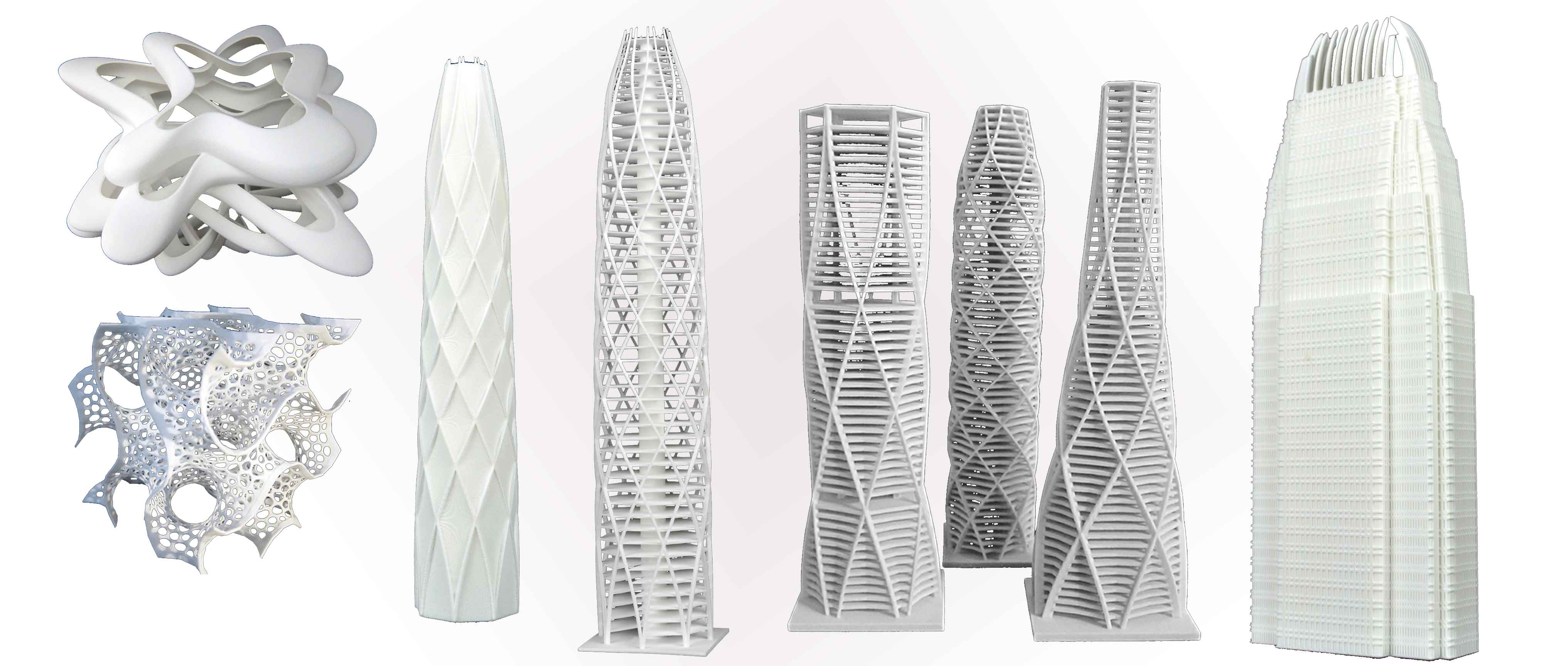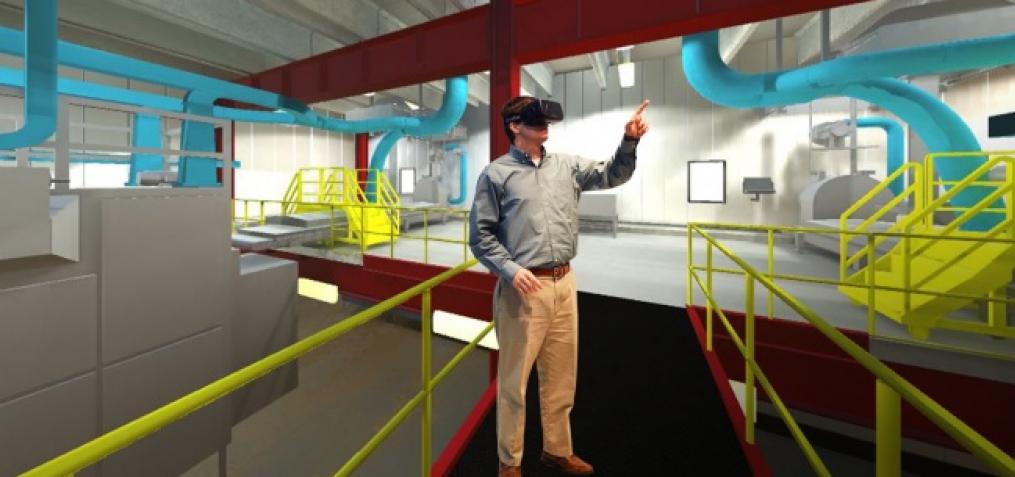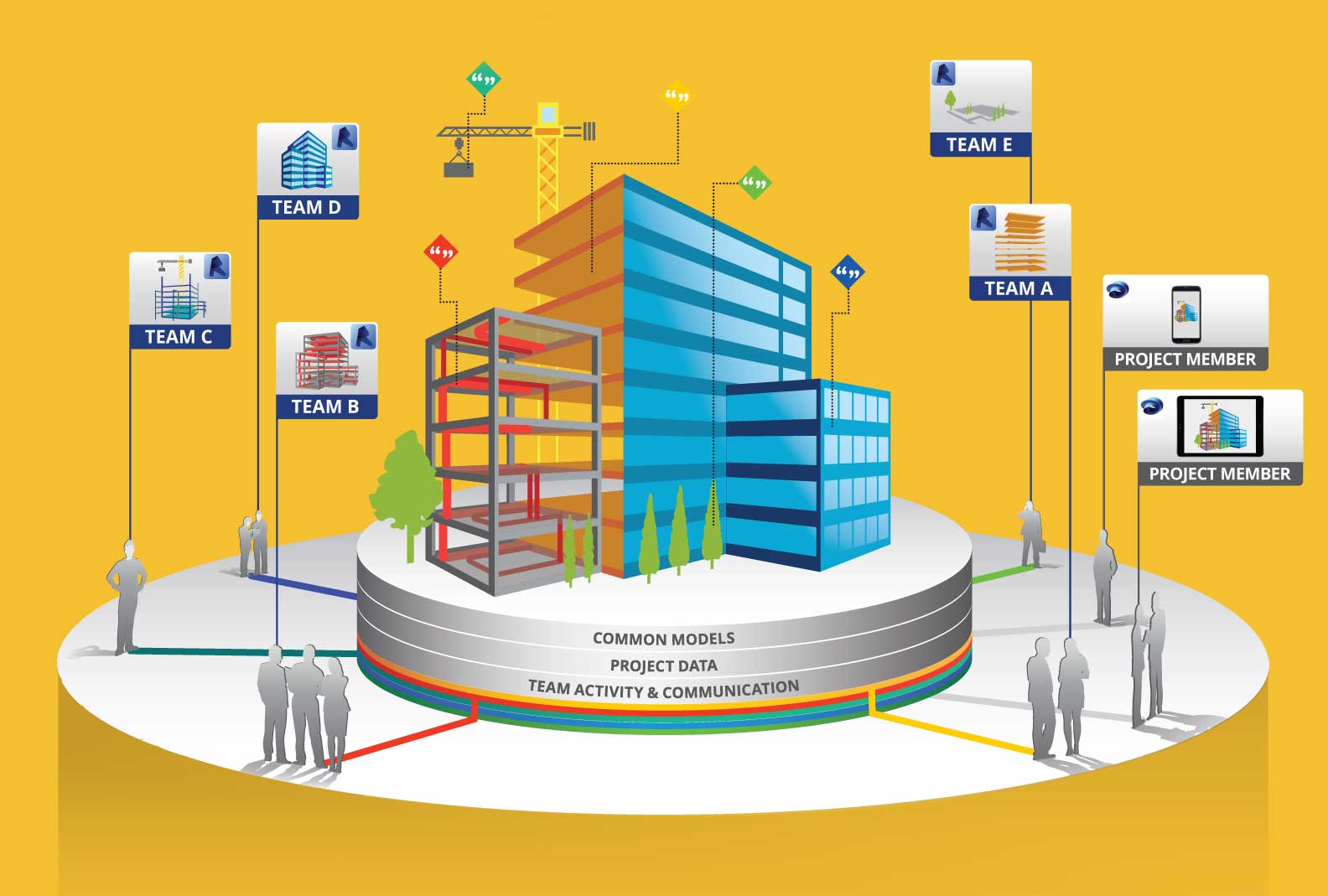Future of BIM Trends in AEC Industry
Building Information Modeling (BIM) has completely revolutionized the AEC industry, bringing a higher level of efficiency to the conventional design process. According to research by Dodge Data & Analytics, engaging deeply with BIM technology considerably improves the ROI of a project. Moreover, deploying collaborative solutions on BIM projects substantially pushes ROI to the higher bracket (>50%).
In retrospect, BIM has made it easier for architects, engineers, and contractors to collaborate effectively with project owners with several amazing benefits.
Benefits of BIM Collaborations for AEC Stakeholders
The same research study concludes that the majority of professionals enlist the below-mentioned benefits of BIM collaboration:
| Benefits of BIM Collaboration | Architects | Engineers | General Contractors | Trade Contractors |
|---|---|---|---|---|
| Better client understanding of proposed design | 92% | 57% | 92% | 75% |
| Improved client team design relationship | 92% | 43% | 85% | 50% |
| Improved overall design solution | 92% | 43% | 85% | 50% |
| Faster decision making | 75%% | 43% | 85% | 50% |
| Fewer design changes during the process | 58% | 43% | 54% | 75% |
Source: SmartMarket Brief- Leading the Future of Building Connecting Teams
BIM Trends in 2023 for AEC Industry
Clearly, BIM has simplified the process of building architectural design and inter-team collaboration associated with a building construction project. The BIM industry is evolving every day with new trends emerging every moment.

Let us understand these BIM trends briefly and how they will shape the future of BIM:
1. 3D Printing
The advancement in 3D printing technology has made it easier for professionals to create accurate elements associated with building design in a short while with minimum loss of material. When used with BIM processes, 3D printing can help in the swift development of prototypes for sharing with several stakeholders related to a construction project.
3D printing is a fundamental extension of the 3D modeling process in BIM. It covers the production of the 3D model from the digital file by laying down thin layers of material in consequent succession. Using the technology, teams can collaborate better on digital projects by seeing an element in the physical form.
This helps them understand the dynamics, functioning, and efficiency by analyzing a structure through its look and feel, which was not possible earlier in BIM. As 3D printing technology keeps evolving, more and more AEC professionals will begin looking at the inherent benefits of using the same for better results.
Image source: HK3DPrint



2. AR & VR- Augmented/ Virtual Reality
Augmented & virtual reality is making inroads to the BIM process and AEC industry, at large. Perfect for presentation and evaluation purposes, these technologies are augmenting the entire modeling process. With AR/VR technology examining large-scale 3D models becomes faster, better and easier.
AR/VR technology will be seen enhancing the BIM modeling process in the future as stakeholders will have a comprehensive and clear image of everything in front of their eyes at every step and every level of design and development.
Installers can have a clear look at the 3D models and can even offer interactive presentations to the client. AR can also be used to speed up the process of on-site clash testing and remote site management.
Image source: VRroom Buzz

3. Use of Cloud Software
Cloud mobile applications are like a boon for AEC and BIM segment as all the stakeholders will get hold of real-time data related to the design phase. At the same time, they can use mobile apps to collaborate with different teams working on the same project.
Using a cloud framework, the BIM data can be accessed by anyone from any location in real time simplifying BIM model sharing. Reporting also can happen more swiftly, paving way for a more constructive and positive collaboration leading to reduced wastage of time, efforts and money in project communication and collaboration.

4. Internet of Things (IoT)
IoT has the potential to transform the entire BIM modeling and project installation process. IoT simplifies the process of data release to prefab workshop, contractors and modelers. IoT devices can be used to capture real-time data and this data can be used to augment the design process. Designing can happen using a ready-to-order process based on the data captured via IoT devices which can speed up the entire design process from beginning till the end.
5. Drone Usage
Project managers and AEC professionals are using drones for recording and reporting the progress on a construction project. Drones can capture accurate project data over a large area in a short while. This data can be used by BIM specialists to refine their model and make BIM modeling process more reliable. Also, as drones can be used for surveying any terrain, it protects human surveyors from potential dangers on a risky site.
